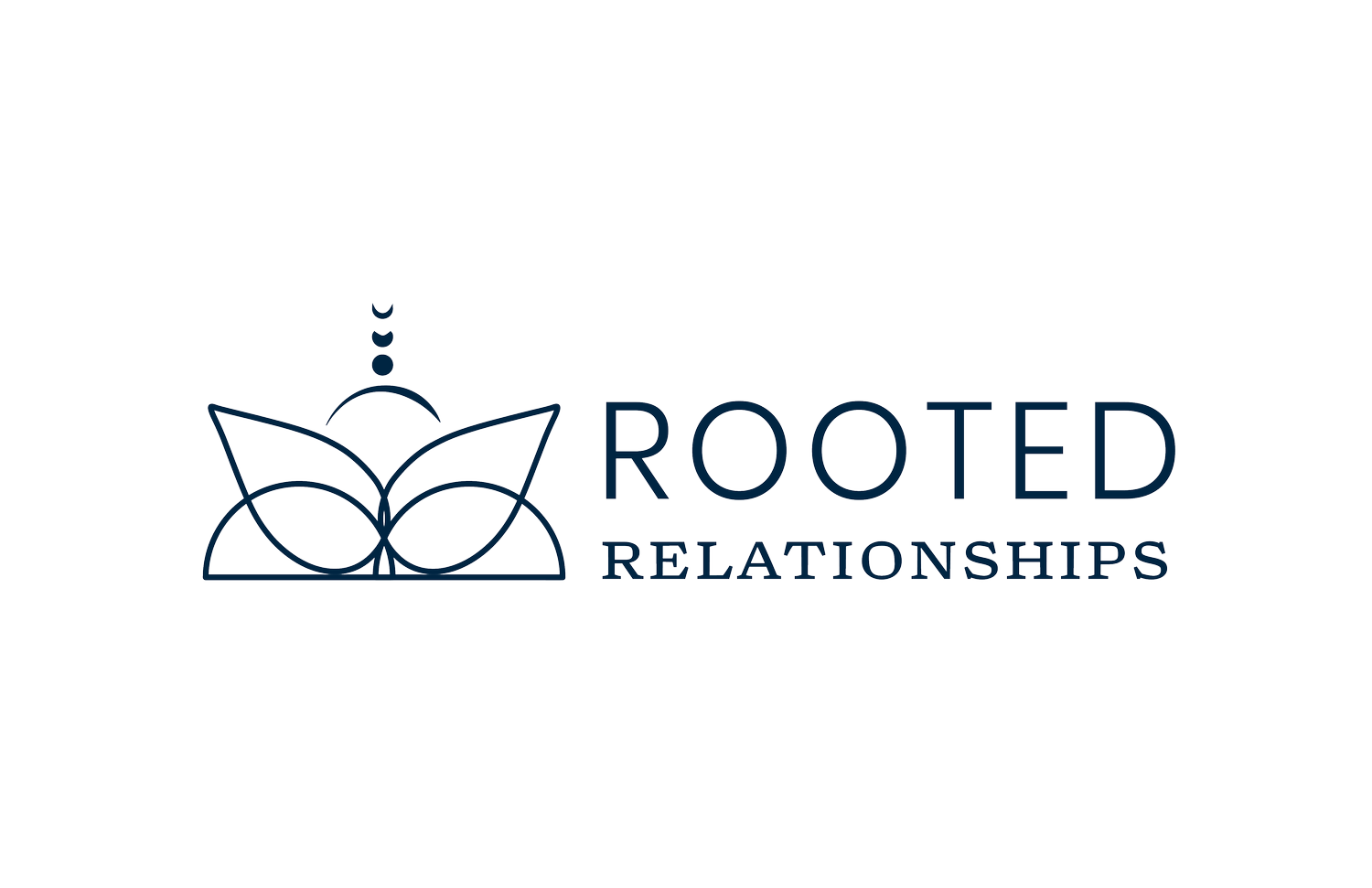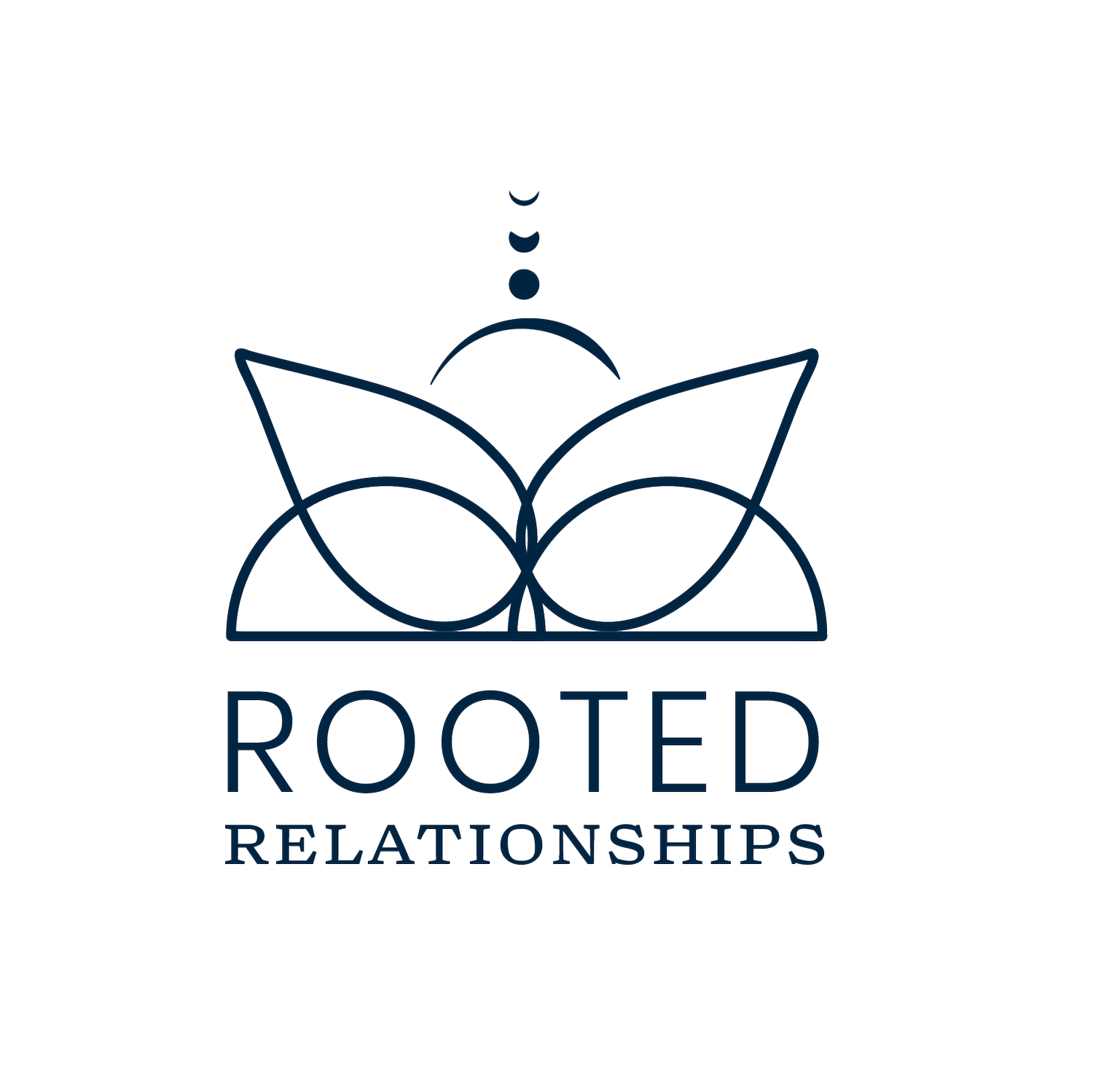The Heart’s Buffet
Savor The Primary Emotions On Your Plate
In the intricate dance of human relationships, emotions often take center stage. Our feelings shape our interactions, influence our decisions, and ultimately determine the quality of our connections with others. For couples, understanding and harnessing the power of this is a game-changer. These primary emotions—joy, fear, sadness, anger, disgust, surprise, and hurt— help us access inner energy, move past suffering, and nurture growth within our relationships. Let’s take a closer look at these emotions and how/when we can use them to support our growth!
The Role of Primary Emotions
Joy
Joy is one of the happiest feelings we can have. When we allow ourselves to feel it, joy helps brighten our day. Many of us have defenses against feeling joy or pleasure. Many of us automatically feel shame the moment we start to feel joy. However, when we can experience joy in our relationships, we connect better with others and build stronger bonds. Sharing laughter or celebrating accomplishments together creates important memories that bring us closer.
Fear
Fear is something we often think of as bad, but it actually helps us in important ways. It warns us when something might be wrong and keeps us safe. Fear is different from worry or anxiety. Fear is a response to real threats we experience in our lives - like crossing fast moving traffic, possible natural disaster, or a physically dangerous relationship. In relationships, there are true threats; but much of the time, what we call “ fear” is generated by our thoughts and feelings mixed with facts and information. We feel anxious about losing the care we want and we feel tentative to share our deeper feelings. Conversely, fear is based on clear facts that anyone would see as dangerous. By clarifying fears vs anxiety, we can see when we are truly in fear or when we have anxiety that we can work to undo. More on anxiety in another article.
Sadness
Sadness is an emotion that many people think of as negative, but it is important for processing loss and disappointment. We all feel sad sometimes. Letting ourselves feel it helps us move through the feeling state and let go. Sadness is sometimes felt as a more acute feeling of grief. When we share our sadness with others, it can help create more empathy and support, making our relationships stronger.
Anger
Anger is a feeling that often gets a bad name. It is classically taught as a “secondary emotion” which means it is viewed as a defense agains another emotion, like hurt, or sadness. I have a different definition of anger . . . We all have a primal “I don’t like this” response. We are born liking and disliking things, from foods to relational dynamics. The “I don’t Like it” response is what I call anger, and what I am actually ENCOURAGING you to feel! By allowing ourselves to feel this kind of anger, and know what we like and don't like, we not only understand ourselves better, but we can often avoid damaging relationships by acting from our defenses (which look like shame, blame and aggression). Instead of hiding our anger, couples can use it to talk about issues and make changes before they grow into bigger problems.
Disgust
Disgust might not seem like it belongs in talks about relationships, but it is useful. It helps us know what our limits are. Disgust can also help us orient ourselves to our values; we often feel this primary emotion the moment something crosses our limits, values or beliefs. By understanding what we find unacceptable, we can create better relationships and communicate our boundaries more clearly.
Surprise
We feel surprise in moments when something we don’t expect happens. It can be an exciting and pleasant surprise, or it can be a bit of shock and something we don’t like (anger). These are key moments to recognise. When we can catch our surprise, we can often frame it for growth, even when it’s uncomfortable. We can find some pleasure in seeing that our habitual defenses and predictions might not be correct; something else is possible.
Hurt
Hurt is something that happens in all relationships. It shows how much we care and that our hopes were not met. Recognizing hurt helps us to talk about what bothers us and find out how others might be tending to our need to know we matter, or not. While it can be painful to feel the hurt, with acceptance and clarity about where others are at in the relationship, we can put our energy into building stronger and more lasting relationships.
The Habitual Roles and Defenses
Even though our primary emotions are important, we often build walls around them because we believe they are too scary to feel. These walls turn into roles, which are patterns of behavior we fall into instead of just feeling the emotions we have. For example, someone might act like they don't care to hide their sadness or pretend to be brave to cover up their fear.
While these roles usually feel safe at first, they often stop us from growing emotionally and forming true connections with others. We all know the suffering place that our habitual roles and defenses bring us to. So, naturally we want to get OUT of those roles. And this is a good goal to have, but it’s important to also keep in mind . . . we build these roles for a reason, and we have relied on them for many, many years. Careful not to too quickly throw out our internal warnings that the context isn’t the right one to share our emotions in. When we can unwind or undo these walls and allow ourselves to feel primary emotions, we tap into a stronger, more genuine part of ourselves and build better relationships.
The Importance of Emotional Awareness
Being aware of our emotions is the first step towards understanding them. Sometimes, we might feel sad, but we don't know why. It is helpful to ask ourselves questions, like "What made me feel this way?" or "How can I express what I'm feeling?" By doing this, we learn more about ourselves and what triggers certain emotions. This awareness helps us talk to our friends and family about how we feel, making it easier to share our experiences and support each other.
Building Stronger Connections
To strengthen our relationships we need to be honest and forthcoming about our experience. And yet, it’s a paradox, because in order to be honest and forthcoming, we need to know we can trust and rely on our partner; we need to know our relationship and bond is strong. Sharing our feelings with others helps them understand us better and shows that we trust them. If someone else shares their feelings, it allows us to empathize with them and offer support. This two-way communication creates a safe space where all feel valued and understood. As we practice these steps together, we can create deeper and more meaningful connections that lead to greater happiness in our lives.
A note here on Context: Not all contexts and situations are able to hold our self-expression with caring empathy. It’s tempting to look at the person who might be reacting to our expression with their own defenses and say that they are not a “safe” person. And this may be true, and for you to decide how much you want to share with them. However, I encourage you to zoom out and look at the context. When we view a whole situation, not just the individual parts and people, we might see other factors influencing the reactions of the people involved. Context is everything from time and place, to the emotional history of the people involved. For example, asking a wife to be honest about her feelings with a husband who has repeatedly gone outside the marriage is a big ask! There is a lack of trust in both partners and repair that is needed before the expectation is “share your feelings and it will help you get closer.”
The Path to Emotional Freedom
Step 1: Awareness
Start by noticing how you feel. Pay attention to your feelings of joy, fear, sadness, anger, surprise, or hurt. Think about the roles you play or the ways you defend yourself to avoid facing these emotions.
Step 2: Acceptance
Let yourself fill up with your emotions, even if it makes you uncomfortable. Make space in your body and mind to let the feeling take over (just for the exercise). This step is really important for finding emotional freedom.
Step 3: Reflection
Take time to think about where your feelings come from and how they affect your relationships. Understanding the reasons behind your emotions can help you deal with them better.
Step 4: Expression
When you feel able, share your feelings with your partner in a way that is healthy and helpful. Speak clearly how you feel without putting blame on others. Rather than “I feel sad when you turn away from me and obviously aren’t wanting to connect,” which has blame in there, try something like “I”m sad right now that we aren’t connected. I’m not sayin you’re doing it wrong. I just feel sad.“ Leaving out blame or finger pointing helps us be understood and is less likely to trigger others.
The UpSide of Primary Emotions
You might be surprised to learn that truly feeling our primary emotions, even the ones we often think of as negative, can feel really good. For example, sadness and anger can help us let go and feel better when we allow ourselves to experience them fully. This can be freeing, helping us grow and connect more fully with others.
Conclusion
For couples (and anyone looking to grow personally), understanding and dealing with our primary emotions helps build stronger connections. Noticing how we feel, letting down our walls, and really experiencing these feelings, we can move beyond pain and suffering. See, primary emotions have some amount of pleasure in them. When we allow ourselves to feel our primary feeling, rather than a defensive feeling like outrage, anxiety or shame, we tap into a deeper source of strength and energy. Remember, the goal isn’t to act on these feelings immediately but to feel them completely and use them to guide us toward healthier relationships. If you want to take the next step in growing emotionally and in your relationships, think about booking a session with one of our friendly therapists. They can help you and your partner discover all the amazing possibilities of your primary emotions!
Learning about and engaging with primary emotions changes your relationships and personal growth journey for the better. Start today and see how freeing your emotions can truly be!




